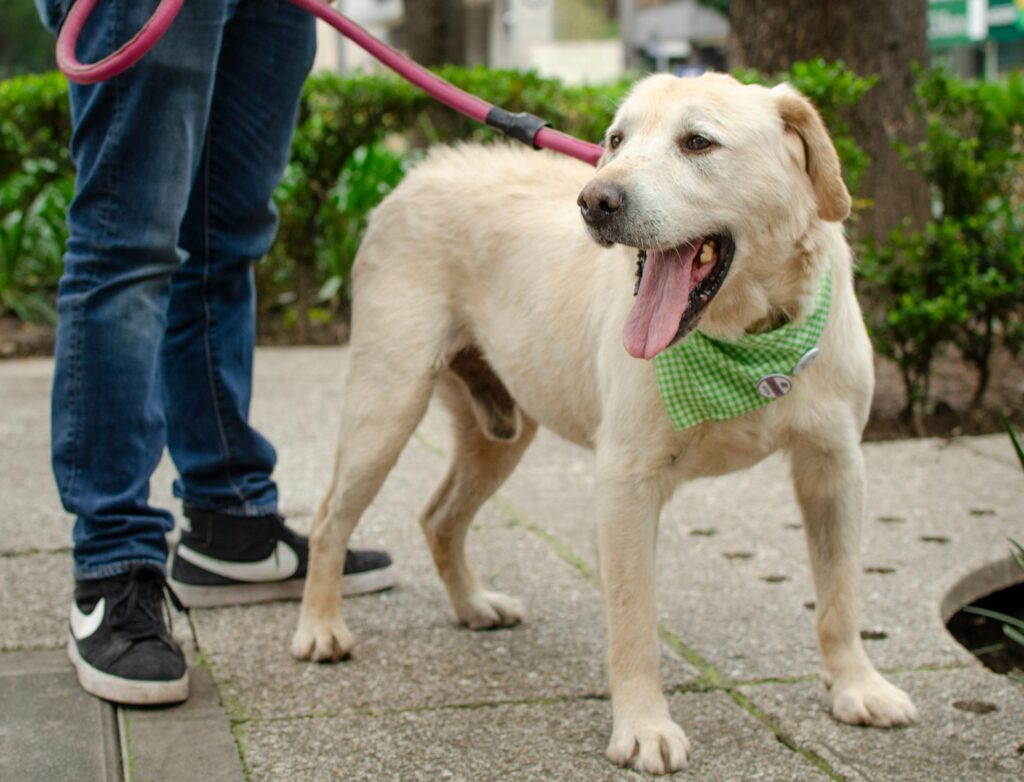Do you know what the PA leash law means for dog owners?
Does pa have a leash law, many dog owners in Pennsylvania hear about leash rules but aren’t sure how they work. Some think all dogs must always be on a leash, while others assume it only matters in certain areas. The truth is a little more complicated.
This guide explains the PA leash law, its benefits, and simple tips for dog owners. We’ll also cover common challenges and answer frequently asked questions.
Whether you are new to dog ownership or have walked your dog for years, this guide will help you stay safe, follow the law, and keep your dog happy.
Understanding the leash laws in PA
In Pennsylvania, dogs must always be under their owner’s control. This means dogs cannot run freely where they might be unsafe or bother others.

- There is no statewide law requiring all dogs to be on a leash at all times.
- Local cities can make their own rules.
- Philadelphia and Pittsburgh, for example, require dogs to be on a leash in public areas.
Even in rural areas, dogs must be under control. If your dog leaves your property, you need to keep it under supervision.
Why Following PA Leash Law Matters
Following leash laws protects everyone. Here’s why:
- Safety for People – Leashing your dog reduces the risk of bites or accidents.
- Safety for Dogs – Leashes prevent dogs from running into traffic or dangerous areas.
- Avoid Fines – Breaking leash rules can result in penalties.
Community Respect – Leashing shows consideration for neighbors and public spaces.
Challenges Dog Owners Face
Even responsible owners can face challenges:
- Different Rules in Different Areas – Local ordinances may be stricter than state guidelines.
- Training Issues – Some dogs are not used to walking on a leash.
- Behavior Problems – Pulling, barking, or nervous reactions can occur.
- Limited Off-Leash Spaces – Safe areas for dogs to run freely are scarce in some regions.
Travel Challenges – Laws differ in other states, such as NH, Alabama, and Florida, making it confusing when visiting.
Choosing the Right Leash
A good leash helps you follow the law and keep your dog safe:
- Length – A leash up to six feet is easiest to control.
- Material – Durable material suits your dog’s size and strength.
- Type – Choose between standard leashes, harnesses, or retractable leashes depending on your dog.
Comfort – Ensure the leash and collar or harness do not hurt your dog.
Training Your Dog
Teaching your dog to walk on a leash makes life easier:
- Start Early – Puppies pick up leash habits faster.
- Reward Good Behavior – Treats and praise work well.
- Practice Often – Daily walks reinforce good habits.
Seek Help If Needed – Trainers or classes can provide guidance.
Local Leash Laws and Fines
Leash rules vary widely across states and cities, so it’s important to know the laws where you live or travel. Here are examples:
- Pennsylvania (PA) – Cities like Philadelphia and Pittsburgh require dogs to be on a leash no longer than six feet. Violations can result in fines ranging from $25 to $300.
- New Hampshire (NH) – Most towns have “at-large” laws. Dogs must be under control, and local municipalities can set leash rules. Fines usually start around $50.
- Alabama – There is no statewide leash law, but cities like Birmingham require dogs to be leashed in public. Fines vary by city, often starting at $50–$100.
- Florida – Leash laws differ by county and city. In cities like Orlando, dogs must be leashed in public areas, with fines typically ranging from $50 to $250. Some beaches and parks have stricter rules.
Tip: Always check your local rules before walking your dog. Violating leash laws can result in fines, legal liability, or impoundment.
Safety Tips for Walking Your Dog
- Use Proper Equipment – Collar, harness, and sturdy leash.
- Stay Alert – Watch for traffic, other dogs, and hazards.
- Pick Up Waste – Always clean up after your dog.
- Bring Water – Especially during warm weather.
- Avoid Crowded Areas – If your dog is nervous, pick quieter times or routes.
Travel Smart – If visiting NH, Alabama, or Florida, check local leash laws before heading out.
Special Situations
Certain areas have extra rules:

- State Parks – Dogs may be off-leash in designated areas but must remain under control.
- Dangerous Dogs – Must be muzzled, leashed, and kept in secure enclosures.
- Service Dogs – Usually exempt from leash laws but must be under control.
Always check rules before visiting these areas.
FAQ About PA Leash Law
Q1: What is the PA leash law and who must follow it?
Dogs must be under control at all times. Local municipalities may require leashes in public. Owners must follow both state and local rules.
Q2: Are there fines for not following PA leash law?
Yes. Cities can fine owners if dogs are off-leash where not allowed. Fines can range from $25 to $300 in PA, around $50 in NH, $50–$100 in Alabama, and $50–$250 in Florida.
Q3: Can I travel with my dog to other states and use the same leash rules?
No. Each state and city may have different rules. Always check local laws before visiting.
How PA Leash Law Helps Your Dog
- Prevents Accidents – Dogs stay safe from traffic and hazards.
- Improves Training – Leash walks reinforce obedience commands.
- Enhances Socialization – Dogs learn to behave around people and other animals.
Supports Health – Walking is good exercise for both body and mind.
Tips for New Dog Owners
- Learn Local Rules – Know the leash laws where you live and travel.
- Use Proper Equipment – Choose the right leash, collar, or harness.
- Set a Routine – Regular walks help dogs understand rules.
Ask for Advice – Trainers or experienced owners can help you.
Final Thoughts
Following the PA leash law for dogs keeps them, owners, and communities safe. Leashing your dog is simple, prevents accidents, and avoids fines. By understanding the rules, choosing the right leash, and training your dog, you can enjoy safe and happy walks.

